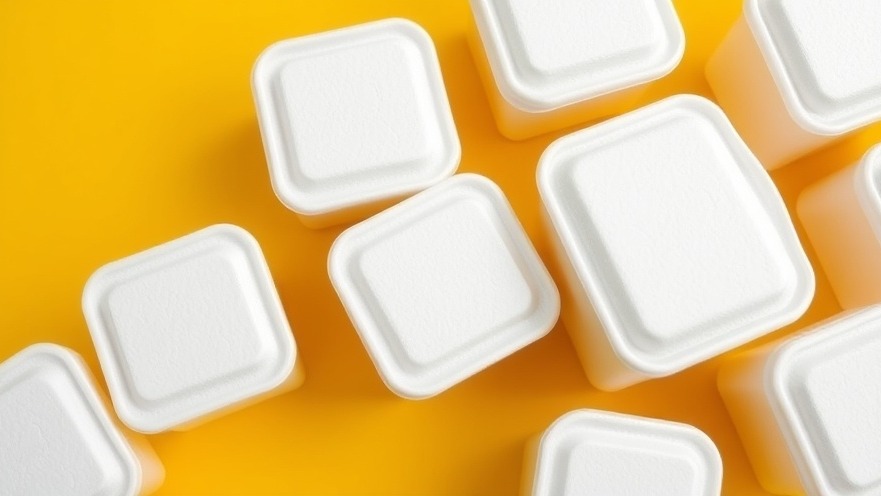
Understanding Styrofoam and Its Environmental Impact
As residents of Sacramento, we often find ourselves wondering how to properly dispose of various materials, especially those pesky items like #4 Styrofoam, commonly known as Low-Density Polyethylene (LDPE) foam.
This type of Styrofoam is notorious for causing confusion among households since it is typically not accepted in curbside recycling programs.
The Challenge of #4 Styrofoam Disposal
When it comes to disposing of #4 Styrofoam, many might think that tossing it in the trash is a quick solution. However, sending this foam to landfills is not the best approach for our planet.
Styrofoam can take hundreds of years to decompose, meanwhile, it breaks down into microplastics that pollute our ecosystems.
In fact, studies note that plastics like Styrofoam can release harmful chemicals into the environment as they degrade. This is where our collective effort as caring residents of Sacramento becomes crucial!
Responsible Disposal Methods
There are several responsible ways to handle #4 Styrofoam waste. Firstly, look for specialized recycling facilities in our area that accept LDPE foam.
Even though not many exist, some options may still provide proper disposal methods, turning unwanted materials into something useful again.
Moreover, consider creative reuse ideas—turning packaging into household items or art projects can reduce waste significantly.
For instance, #4 Styrofoam can be cut into shapes for a garden mulch alternative or used as lightweight fillers in craft projects. This transforms what could be trash into treasure while minimizing your environmental footprint.
Embracing Eco-Friendly Alternatives
One of the best ways to combat the Styrofoam crisis is to choose products with sustainable, recyclable, or compostable packaging whenever possible.
As residents striving to live sustainably, we have the power to influence companies to consider eco-friendly alternatives.
Whether it’s opting for items packaged in cardboard or biodegradable materials, we can send a strong message that we prefer products that protect our planet.
Making a Collective Impact
As we work to reduce our reliance on Styrofoam, it’s important to share knowledge within our community.
Talking to friends and family, participating in local environmental workshops, and supporting initiatives that promote sustainability can deepen our collective understanding.
Remember, it only takes a small action to create an impactful change.
Local Resources and Support
In Sacramento, many resources are at your disposal. Local organizations focus on sustainability and can provide information about recycling facilities and programs.
Don’t hesitate to reach out or attend workshops available through local environmental nonprofits like the Environmental Council of Sacramento (ECOS). They’re committed to providing community members with the tools and knowledge necessary for eco-friendly living.
Final Thoughts: Be the Change
In conclusion, disposing of #4 Styrofoam is not just about throwing it away; it's a chance for us to rethink our consumption habits and actively contribute to a healthier environment.
By being aware of alternatives, holding companies accountable, and reusing materials creatively, we can make a difference. It starts with each of us—so let’s take action and gently transform our habits for a sustainable future!
For those eager to make a change, consider taking a moment to engage with your community’s sustainability efforts, share this information, and explore ways to reduce waste in your daily life. Together, we can build a cleaner, greener Sacramento.
 Add Row
Add Row  Add
Add 




Write A Comment